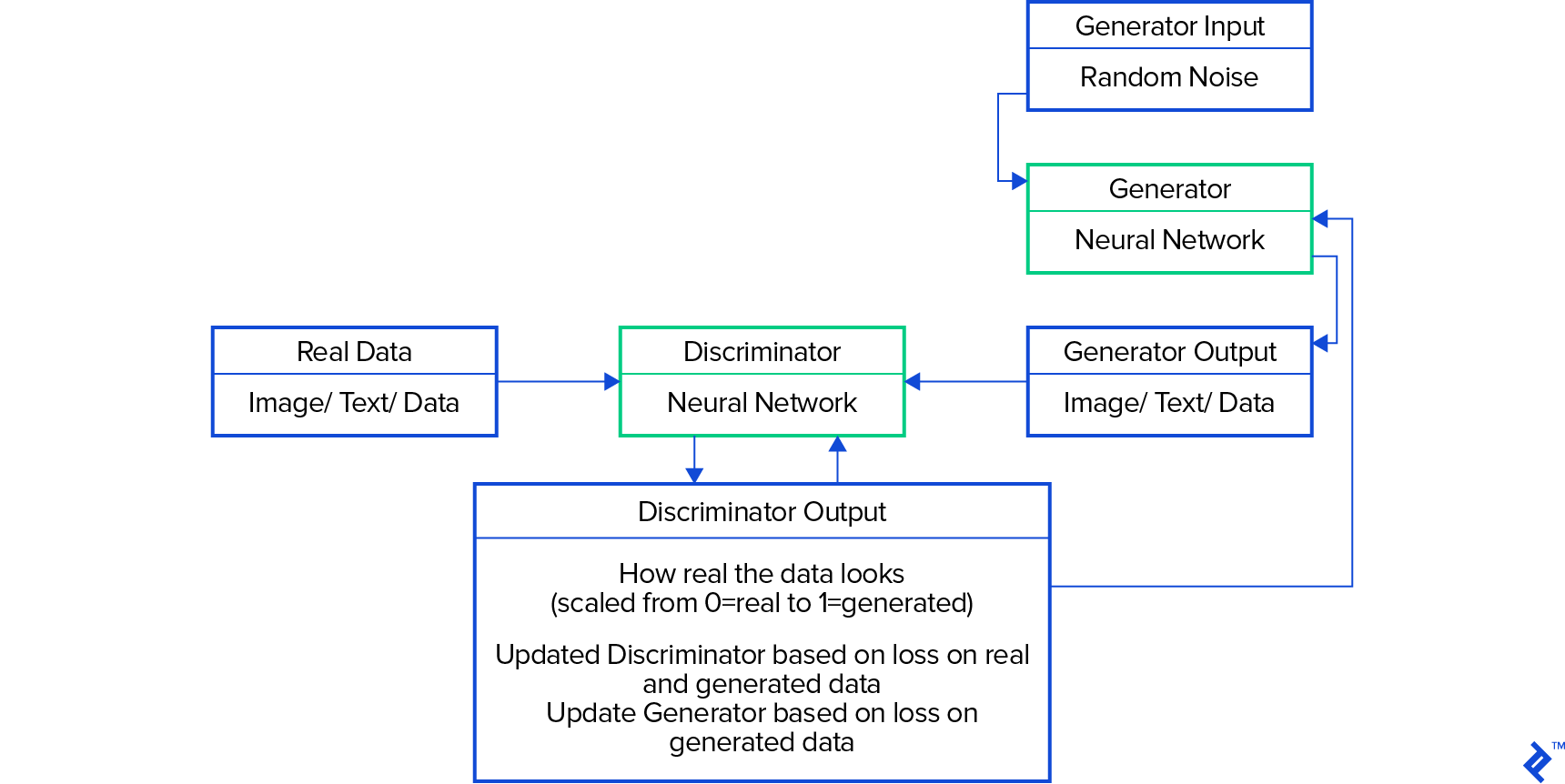

Noise mapping random generation java how to#
This part is same as How to convert a color image into grayscale image in Java and How to convert a color image into sepia image and How to convert a color image into Red Green Blue image Open the file and import the following: import java.io.File

The patent is expected to expire on January 8, 2022.In this project we will learn to create a random pixel image using Java programming language. I actually implemented this starting from bummzack excellent answer. Patent 6,867,776, if the algorithm is implemented using the specific techniques described in any of the patent claims. Uses of implementations in 3D and higher for textured image synthesis are covered by U.S. Random numbers are useful for a variety of purposes, such as generating data encryption keys, simulating and modeling complex phenomena and for. This page explains why its hard (and interesting) to get a computer to generate proper random numbers. I would really like for someone to explain to me how to generate random numbers from -1 to 1 for. Where r 2 is usually set to either 0.5 or 0.6: the value 0.5 ensures no discontinuities, whereas 0.6 may increase visual quality in applications for which the discontinuities are not noticeable 0.6 was used in Ken Perlin's original reference implementation. RANDOM.ORG is a true random number service that generates randomness via atmospheric noise. Simplex noise scales to higher dimensions (4D, 5D) with much less computational cost: the complexity is O ( n 2 ).

The randomness comes from atmospheric noise, which for many purposes is better than the pseudo-random number algorithms typically used in computer programs. This page is an effort to begin communicating how the algorithm works. Generating random Pac-Man mazes is a deceptively difficult problem that I spent some months working on. Warning: You must use least 128x128 values for map-size. (code on GitHub) Click to generate new example. Warning: You must use power-of-two values for map-size. Configurable random seed for each Map-Layer. Advanced Map sample & noise pattern generation engine. Hardware based random-number generators can involve the use of a dice, a coin for flipping, or many other devices. Adjustable size & scale & step-size feature of each Map-Layer. Random number generators can be hardware based or pseudo-random number generators.



 0 kommentar(er)
0 kommentar(er)
